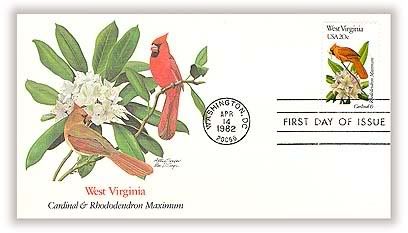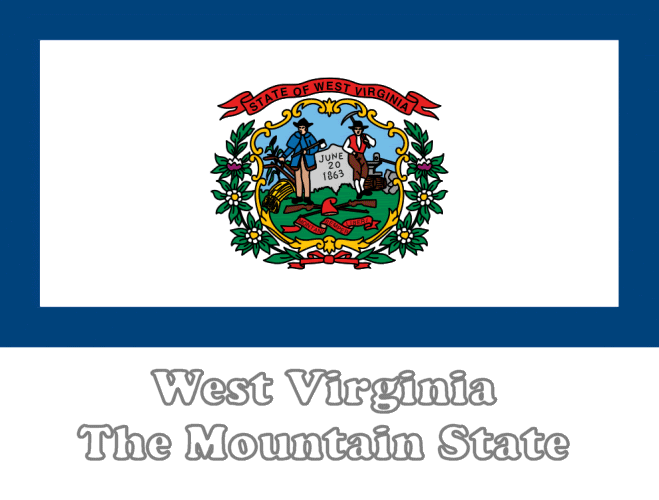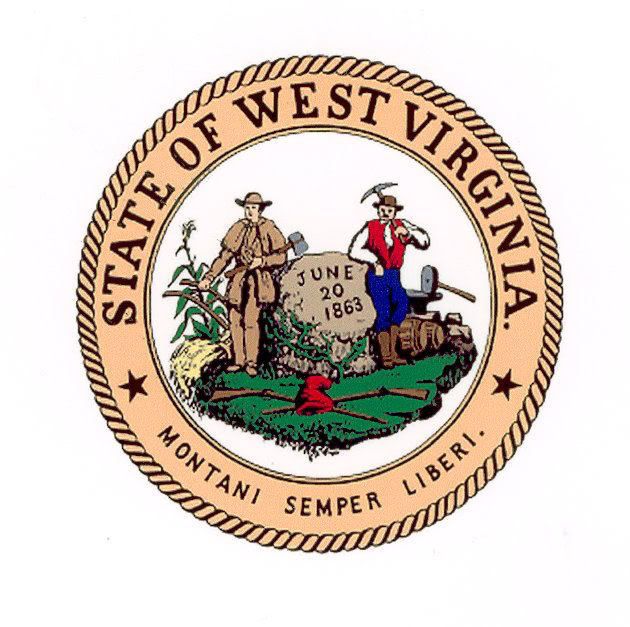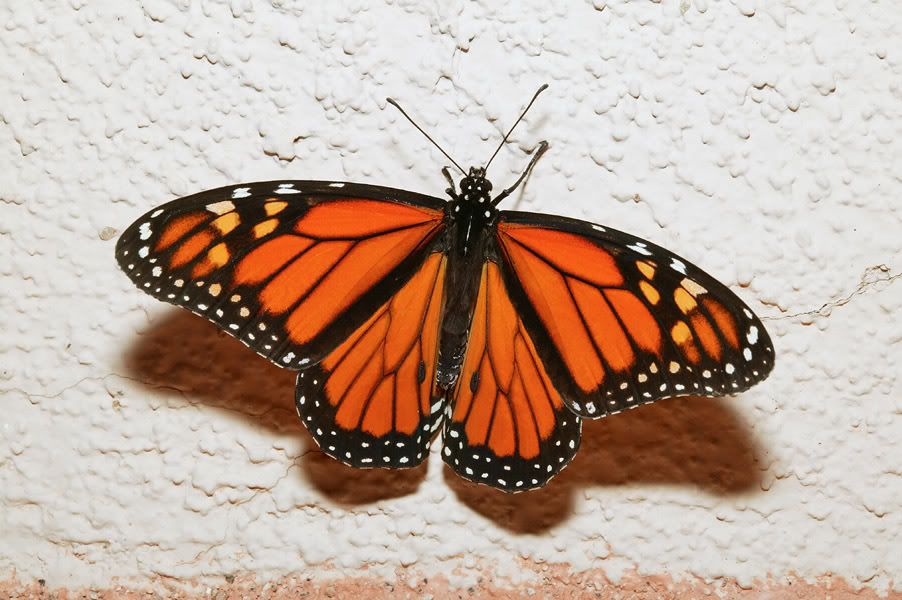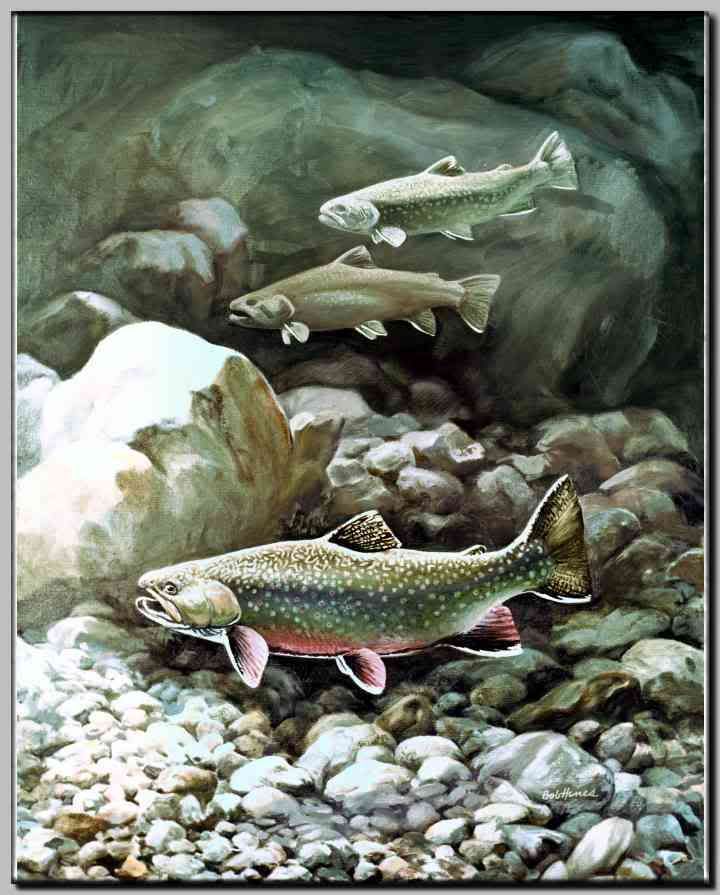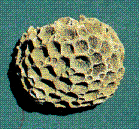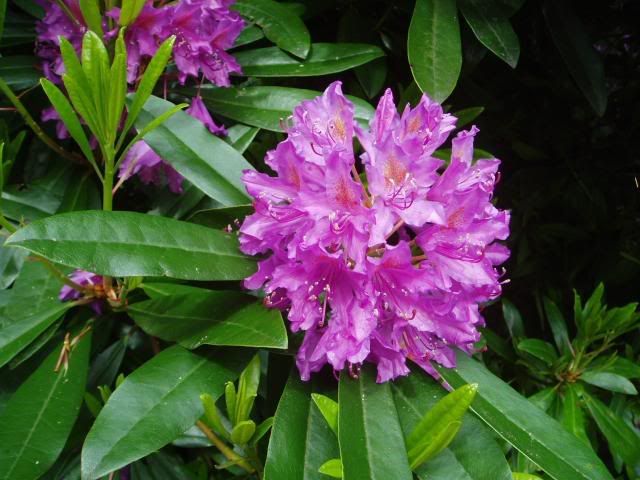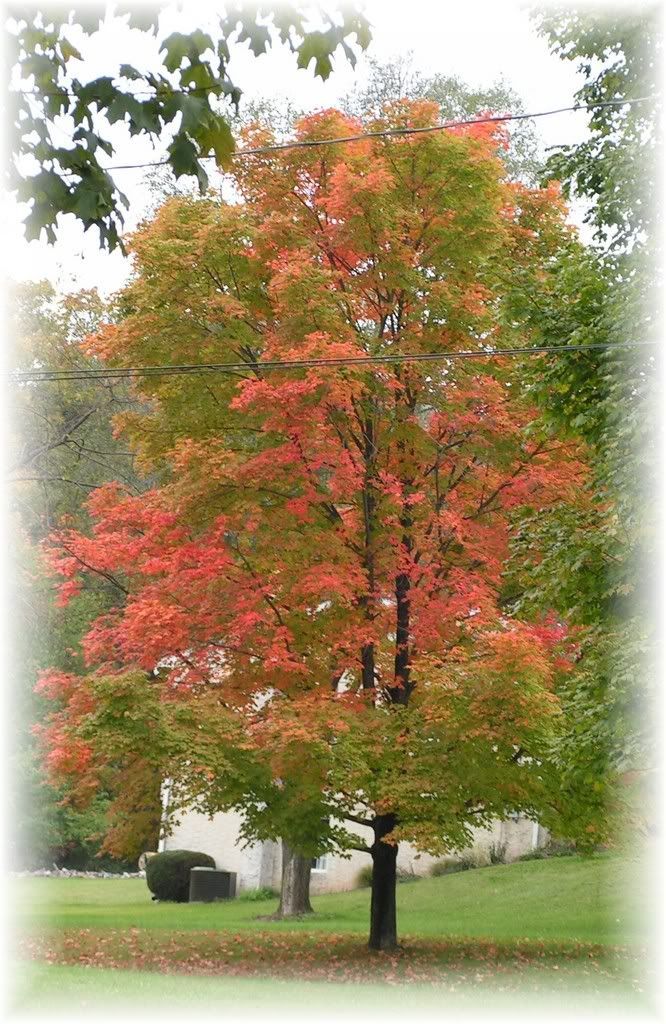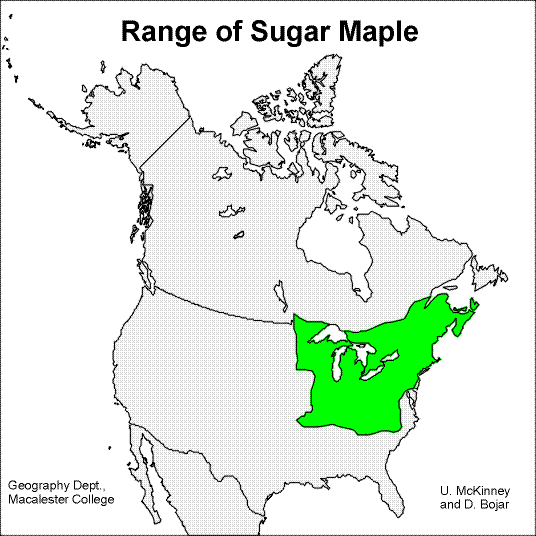
The American Black Bear (
Ursus americanus) was adopted as West Virginia's state animal in 1973.
The American Black Bear is the most common bear species native to North America. It has a wide range, ranging from north into Canada down to Mexico, from the Atlantic coast to the Pacific. Today, it is estimated that some 800,000 American Black Bears live in North America, but it is said that some 2 million Black Bears may have roamed North America before European colonization of the continent.
Despite its name, the American Black Bear's coat may be a cinnamon brown color, chocolate brown, white as well as black. Females can be between 90 and 400 pounds, while males can weigh up to 500 pounds, though some have been recorded up to 800 pounds. Despite their rather bulky look, they are surprisingly fast runners, capable of sprinting up to 35 mph.
Cubs are typically born in January and February. They are born blind and helpless. weighing 10 - 14 ounces at birth. They will stay with their mother until they are a year and a half, then they will set out on their own.
American Black Bears are omnivores, meaning they will eat almost anything: from grasses to nuts, from fruits to insects, from fish to small rodents or fawns. They will also raid bee's nests to get honey and garbage dumps to get whatever they can to eat.
The Black Bear is typically a shy animal and will rarely attack unless threatened, cornered or wounded. They have an excellent sense of smell, so if you are out camping, don't leave food in the car or else you might not like what you see when you come back to your car. Bears have been known to tear out doors and trunk lids and break through windows to get a scrap of food that they smell in the car.
